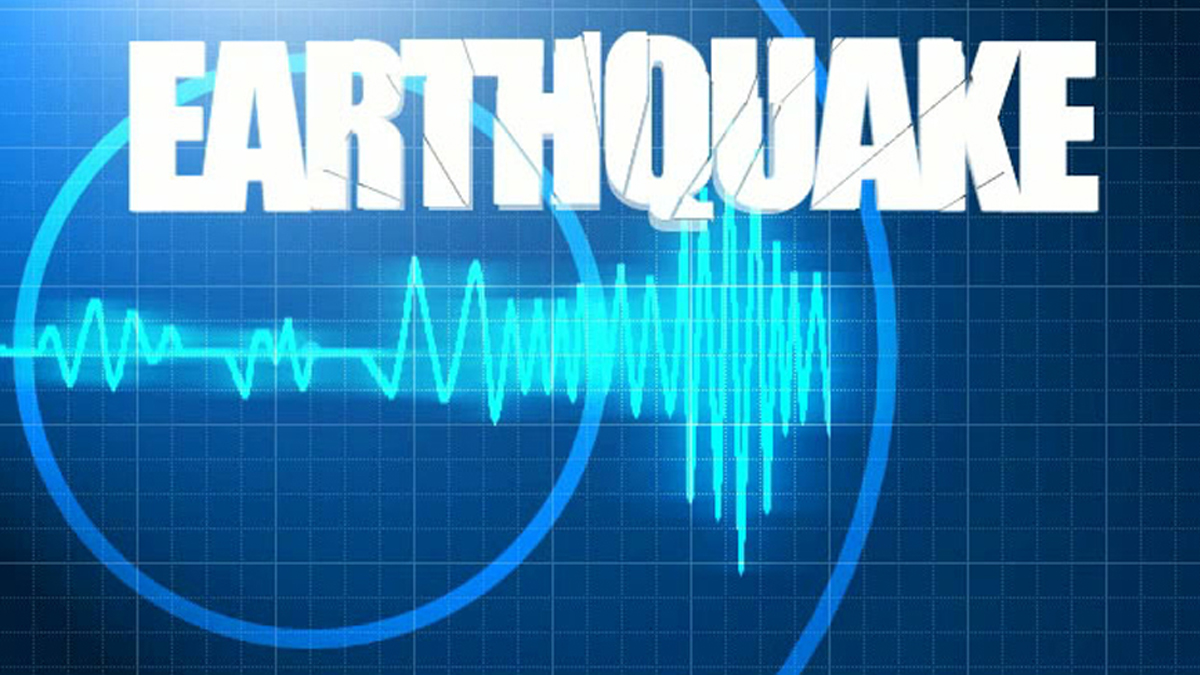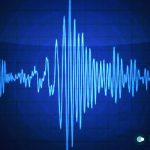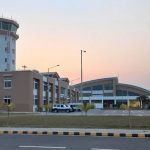
6.9 and 7.1 Magnitude Earthquakes Strike Southern Japan, Tsunami Warnings Issued

A powerful 6.9-magnitude earthquake followed by an even stronger 7.1 tremor struck off the southern coast of Japan on Thursday, according to the United States Geological Survey (USGS). In response, the Japan Meteorological Agency (JMA) issued tsunami warnings, urging residents in coastal areas to stay away from the shore.
Tsunamis up to one meter in height were either expected or had already reached some coastal areas on the islands of Kyushu and Shikoku, according to Japanese broadcaster NHK. The JMA cautioned that tsunamis could strike repeatedly and advised people to avoid the sea and coastal areas until the warnings were lifted.
The first earthquake occurred at 4:42 PM local time (0742 GMT) at a depth of 33 kilometers, approximately 29 kilometers southeast of Miyazaki on Kyushu Island. The second quake, striking less than a minute later, had a depth of 26 kilometers and was centered 20 kilometers northeast of Miyazaki.
There have been no immediate reports of damage, but the Japanese government swiftly established a special task force to respond to the situation.
Japan is situated on the Pacific “Ring of Fire,” where four major tectonic plates converge, making it one of the most seismically active countries in the world. The archipelago, with a population of around 125 million, experiences approximately 1,500 earthquakes each year, accounting for about 18 percent of the world’s total.
Despite the frequent seismic activity, Japan’s strict building regulations and advanced construction techniques typically prevent widespread damage from even large earthquakes. However, the nation remains vigilant, haunted by the devastating 9.0-magnitude earthquake in March 2011, which triggered a tsunami that resulted in around 18,500 deaths or missing persons and caused the Fukushima nuclear disaster.
Thursday’s quakes are a stark reminder of Japan’s vulnerability to seismic events. While the country is well-prepared with regular emergency drills and stringent construction standards, the unpredictable nature of earthquakes continues to pose significant risks.












Comments